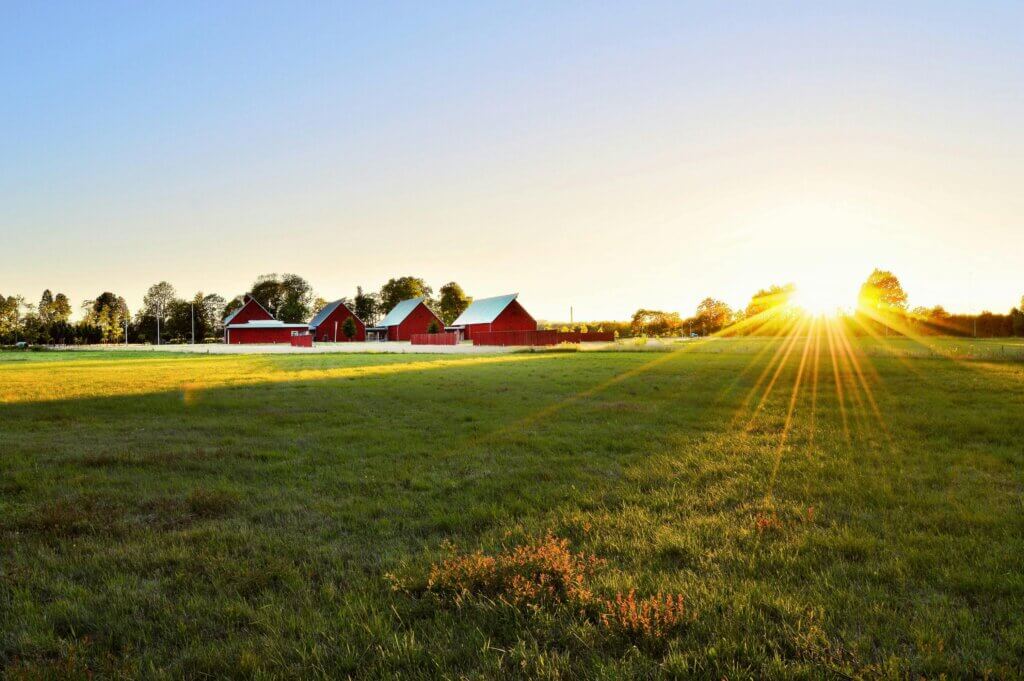Is This the End of Berlin’s Famous Club Scene?
Berlin, a city synonymous with electronic music and nightlife, has long held its reputation as the global capital of club culture. From the industrial beats of Berghain to the eclectic sounds of Sisyphos, Berlin’s clubs are not just places to dance—they are cultural institutions that shape identities and communities. But in recent years, questions have emerged about the sustainability and future of this iconic scene. Is Berlin’s club culture at risk of fading into history?
The Legacy of Berlin’s Club Scene
The roots of Berlin’s club culture trace back to the city’s reunification in 1990. The fall of the Berlin Wall created a unique moment in history, with abandoned buildings and industrial spaces becoming playgrounds for creative expression. Clubs like Tresor and E-Werk emerged, providing a haven for techno enthusiasts and a sense of freedom that defined the post-Cold War generation.
Over the decades, Berlin’s clubs have become more than venues for music. They are sanctuaries of inclusivity, where individuals from all walks of life can express themselves without judgment. The city’s “anything goes” ethos has attracted millions of tourists, making nightlife a vital part of Berlin’s identity and economy.
Challenges Facing the Scene
Despite its iconic status, Berlin’s club scene faces significant challenges:
1. Gentrification and Rising Costs
The wave of gentrification sweeping across Berlin has been a double-edged sword. While the city has become more cosmopolitan, rising rents and property values have made it increasingly difficult for clubs to survive. Many legendary venues have been forced to shut their doors as developers target prime real estate for residential or commercial use.
2. Noise Complaints and Regulations
As Berlin becomes more densely populated, noise complaints from residents have become a growing issue. Clubs, often located in industrial or residential areas, face pressure to comply with stringent regulations or face closure. The balance between nightlife and neighborhood tranquility is becoming harder to maintain.
3. The COVID-19 Pandemic
The global pandemic dealt a severe blow to Berlin’s nightlife. Extended closures during lockdowns resulted in massive financial losses, and while government aid helped some venues survive, others were not so fortunate. Even as restrictions eased, uncertainty about large gatherings lingered, impacting club attendance and revenue.
4. Climate and Environmental Concerns
With sustainability becoming a global priority, the environmental impact of large-scale events and tourism has come under scrutiny. Berlin’s clubs, known for their all-night parties, are beginning to face calls for eco-conscious practices, which could reshape the way they operate.
A Changing Landscape
While challenges abound, Berlin’s club scene is far from defeated. In true Berlin fashion, the scene is adapting:
1. Embracing New Spaces
Some clubs are relocating to less densely populated areas or converting unused industrial spaces on the city’s outskirts. This shift not only preserves the spirit of Berlin’s underground but also mitigates conflicts with urban development.
2. Prioritizing Sustainability
Clubs are increasingly adopting eco-friendly measures. Initiatives like energy-efficient sound systems, recycling programs, and partnerships with sustainable brands are becoming the norm. These efforts not only reduce environmental impact but also appeal to socially conscious partygoers.
3. Diversifying Revenue Streams
Many clubs are branching out beyond music to ensure financial stability. Hosting art exhibitions, community events, and workshops allows venues to engage with a broader audience while reducing reliance on ticket sales and bar revenue.
4. Leveraging Technology
The pandemic accelerated the adoption of virtual events and livestreams. While nothing replaces the energy of a physical dancefloor, digital platforms have allowed Berlin’s clubs to reach a global audience, creating new opportunities for growth.
Voices of the Scene
Club owners, artists, and patrons remain optimistic about the future of Berlin’s nightlife. “The essence of Berlin’s club scene is its resilience,” says a prominent club promoter. “We’ve faced challenges before, and each time, the scene has reinvented itself.”
Regular attendees echo this sentiment, emphasizing the importance of preserving the community that clubs foster. “It’s not just about music; it’s about connection,” says a Berlin native. “We’ll find ways to keep that alive.”
The Role of Policy and Support
Government and community support will be crucial in ensuring the longevity of Berlin’s club scene. Recognizing the cultural significance of nightlife, Berlin’s city council has taken steps to protect venues through initiatives like the “Club Culture Berlin” fund. These measures, combined with advocacy from organizations like the Berlin Club Commission, aim to safeguard the city’s vibrant nightlife.
Berlin’s club scene is undoubtedly at a crossroads, facing economic, social, and environmental pressures. However, its history of resilience and reinvention suggests that it is far from over. By embracing change and fostering collaboration between clubs, communities, and policymakers, Berlin’s nightlife can continue to thrive—not just as a party destination, but as a vital cultural force.
The question isn’t whether Berlin’s club scene will survive, but how it will evolve. And as long as there are beats to dance to and stories to share, Berlin will remain the heartbeat of global club culture.

